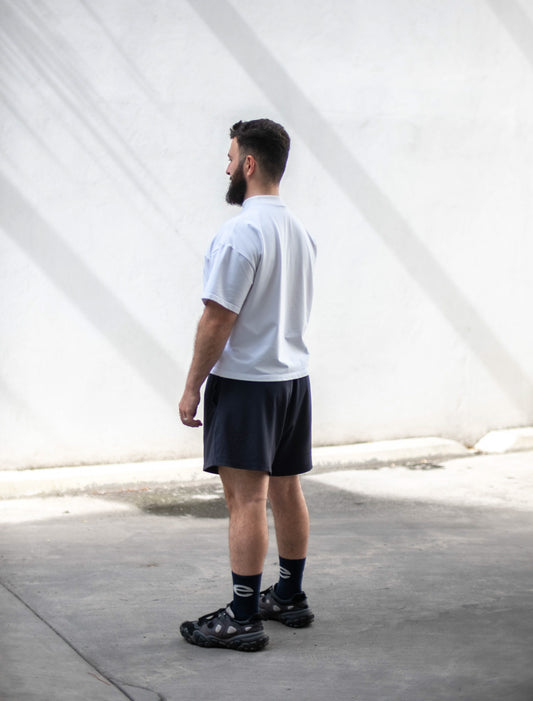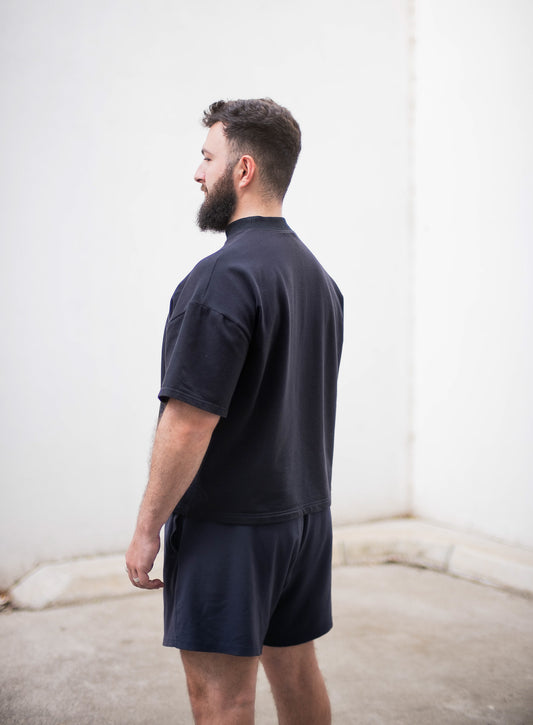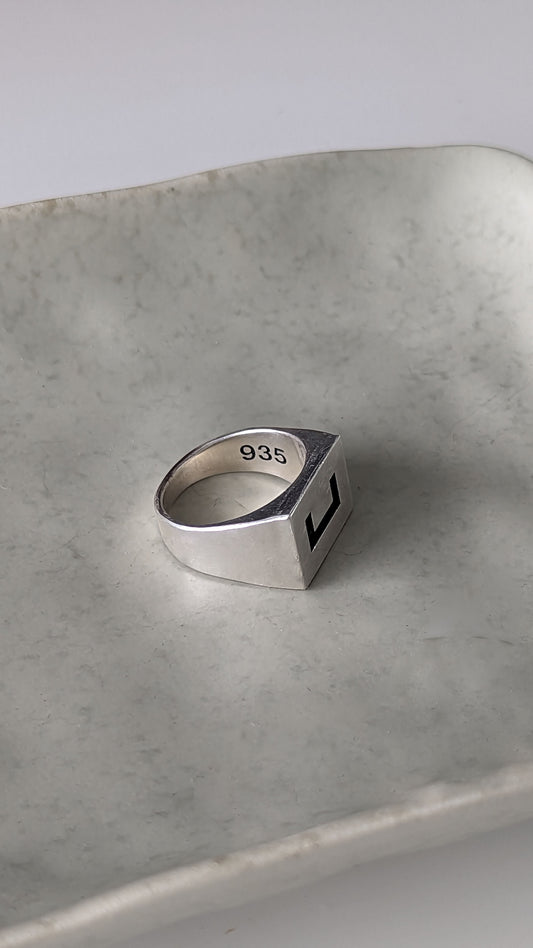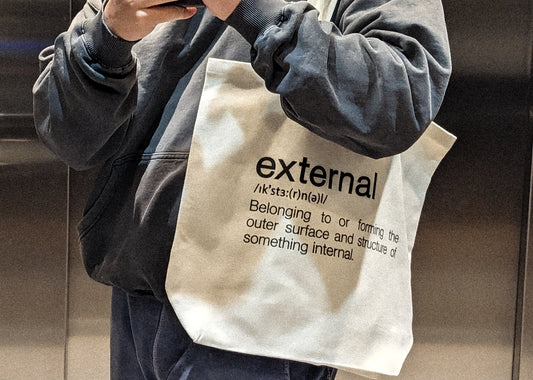Internal External Product Sustainability
Date Published: 5th of May, 2023
Sustainability in the production and product lifecycle.
Does product sustainability originate internally from the organisation or externally from the customers? Where does the choice for sustainable clothing come from, and who is ultimately responsible for the sustainability of what is created, the producer or the customer?
In bringing together first collection from ground up, opposed to using blanks as what makes up a portion of current offering, I recently spoke with my pattern-maker.
The introductory conversation uncovered brand values to which I communicated an emphasis on longevity in pattern and garment structure so it can stand the tests of time, as we go through life in its different phases.
However, the auto-response from my pattern maker was at the time, a striking contrast to my potentially naive thinking.:
"The decision of longevity in your products is up to your customers, not you."
Yes, its true that the choice is there for individuals to discard a garment that no longer suits their needs, but ultimately, if by design, organisations en-masse aren't creating with longevity in mind, we're taking the customer choice away.
Product sustainability is front of mind, with roughly 7% of global landfill is tied to the clothing and textiles industry[1], and with estimates that by 2030, the Apparel Industries Global Emissions will increase by another 50%[2], that's potentially 1/10 of all global waste. Not good enough as an industry. All have to do better.
Organisational carbon/waste neutrality is a lagging indicator of the toll taken on the Earth as a result of operation. We've limited resources, limited space, and we only account for what we know, and there's a lot left to understand about how our world works and its sensitive systems. This gap in where we are headed, and what organisations are doing is in alignment, lagging.
Seldom should standards be inadequate by default, less failure be the desired outcome.
Organisational carbon/waste positivity is where all organisations should be angling, whereby from their operation the world is becoming a cleaner place.
At Internal External, we've already taken steps in that direction. From the growth and use of our own organic dyes (Season 24), creating to order opposed to in bulk, and in time, full manufacturing and operational accounting of waste and the direct investment into environmental generative projects which I can't wait to share more on.
We've already rolled out our lifetime care for all jewellery, thanks to our jeweller who shares the same sentiment. To read more about our operational sustainability, click on that link.
Bringing it back to the topic at hand, organisations cannot and should not remove the option of sustainability away from customers as the standard, whereby the business model is supported from additional sales as the previous product expired within a defined timeframe.
Investment into proper fabrics, seams, care and washing, maintenance and upcycling provide the best base for products to last longer than the wearer, or it be updated reasonably transmuted into an improved product, and one where the user/wearer/customer has the choice to wear or repair, upcycle or ultimately discard.
In your purchasing decision, please take the above into consideration. Don't buy this for a week, on a whim, or if feeling pressured. What is here and is to come, is built to last, and will the the last to last. Thanks for reading.
[1] - The Round Up, Textile Waste Statistics
[2] - Earth.Org, Statistics about fashion Waste
Written and released without the use of any technological intelligence.
Additionally, here we've our staple range:
-

 Pre-order
Pre-orderHeavyweight Wide Cotton T-Shirt
Regular price $65.00 AUDRegular priceUnit price per$75.00 AUDSale price $65.00 AUDPre-order -

 Pre-order
Pre-order935 Silver Bracket Knuckle Ring
Regular price $210.00 AUDRegular priceUnit price per$240.00 AUDSale price $210.00 AUDPre-order -
Define External Off-White Tote
Regular price $45.00 AUDRegular priceUnit price per -
Vintage Wash Hoodie
Regular price $110.00 AUDRegular priceUnit price per








